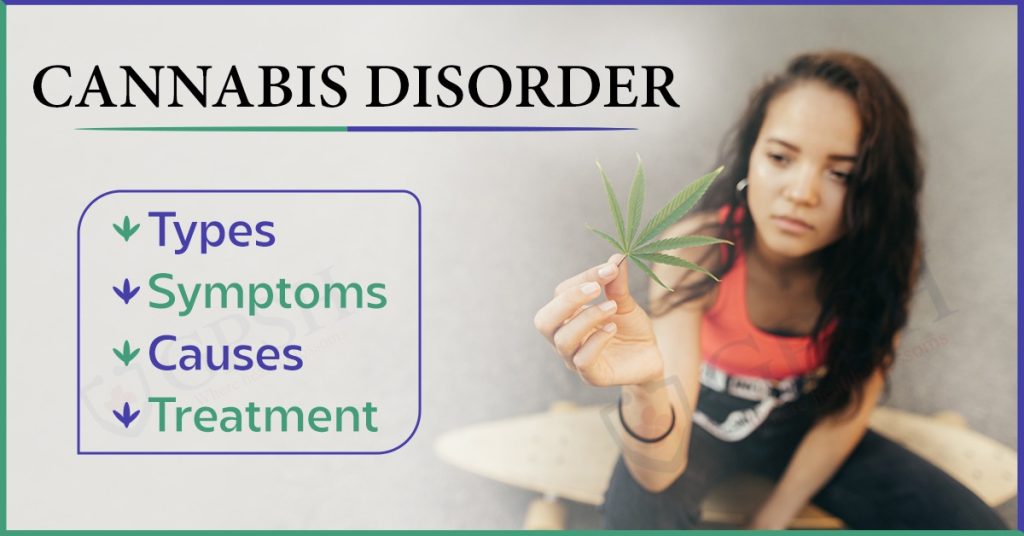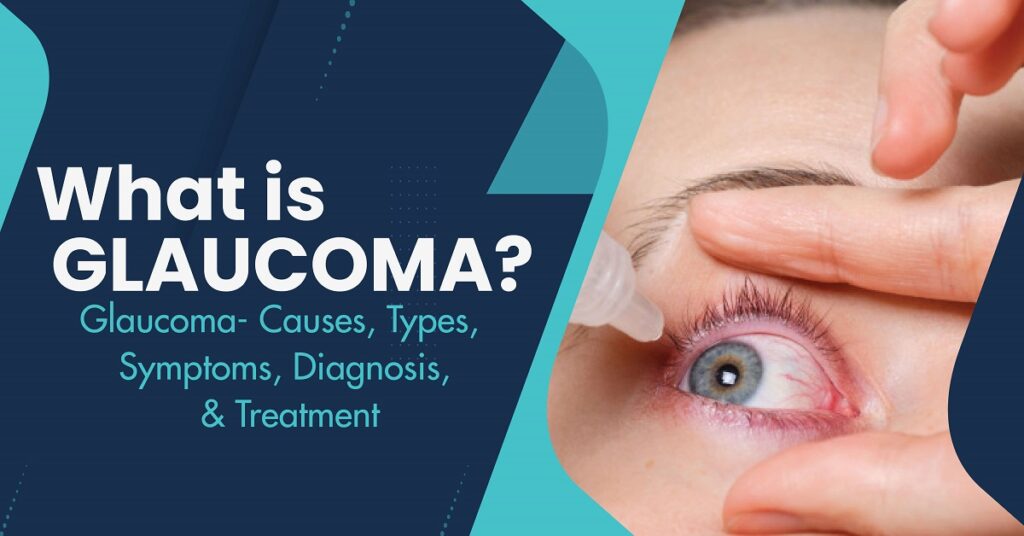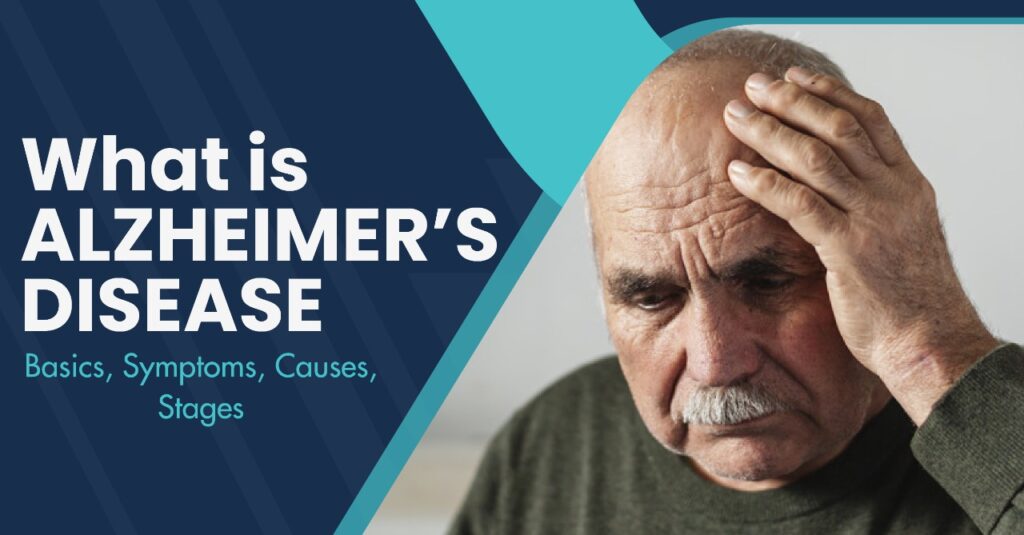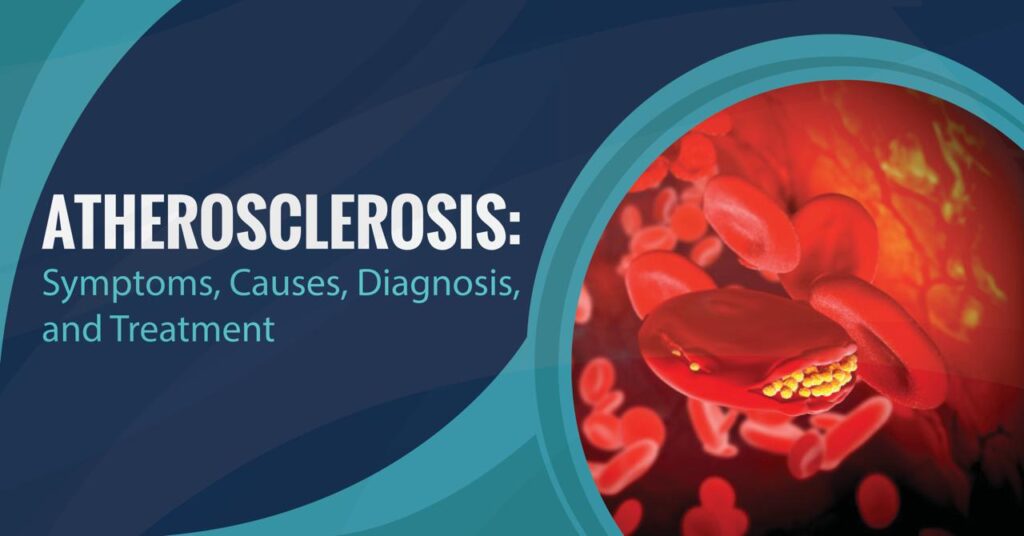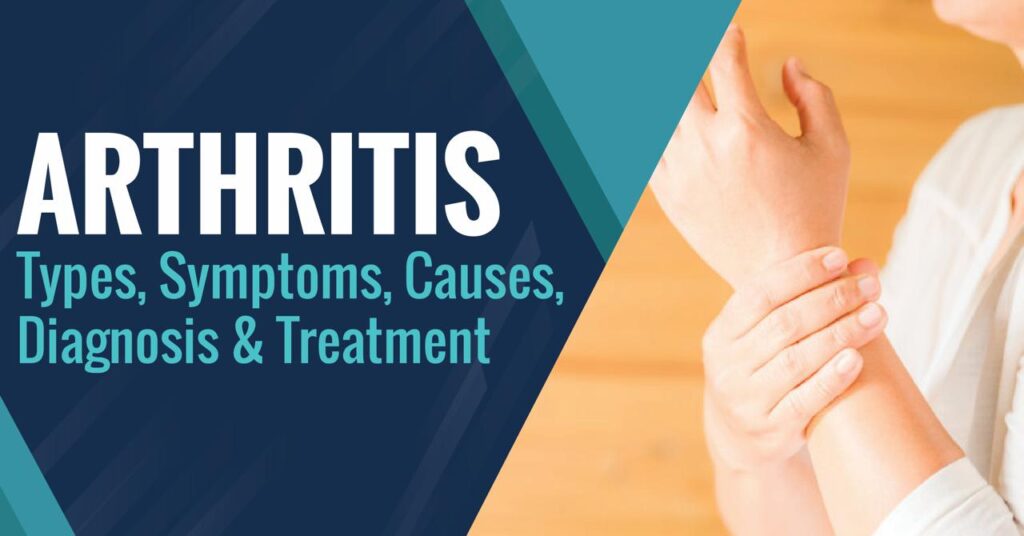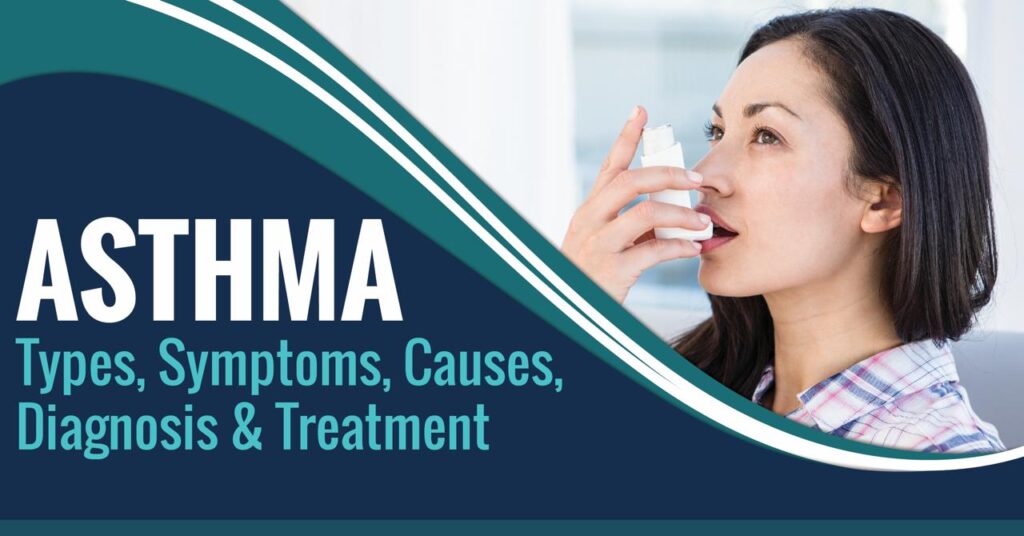Introduction
Cannabis is a genus of flowering plants that includes several species, the most well-known being Cannabis sativa and Cannabis indica. The plant is indigenous to Central and South Asia but has been cultivated and used by various cultures for thousands of years. Cannabis has both recreational and medicinal uses due to its psychoactive and therapeutic properties.
Cannabis is commonly consumed in several forms such as Marijuana dried flowers and leaves of the cannabis plant, which are typically smoked or vaporized for recreational or medicinal purposes, Hashish a concentrated form of cannabis made by collecting and compressing trichomes, the resin glands found on the flowers of the plant. Hash oil or cannabis oil that is extracted from the cannabis plant can be consumed orally or used in various products.
What is Cannabis Disorder?
Cannabis use disorder, commonly referred to as cannabis addiction, is characterized by individuals persisting in the use of cannabis despite encountering problems or experiencing adverse side effects. This condition involves a compulsive pattern of cannabis consumption, where individuals find it challenging to control their urge to use the substance.
The term “cannabis dependence disorder” is associated with the distress stemming from a cluster of difficulties faced by individuals struggling with their inability to regulate cannabis intake. Even when cognizant of the negative impact on their physical and mental well-being, individuals with cannabis dependence disorder continue to grapple with the compulsion to use cannabis, this underscores the complex nature of the disorder, emphasizing the challenges individuals face in breaking free from the cycle of cannabis use despite the evident harm it may cause.
Types of Cannabis Disorder
The DSM-5 classifies Cannabis Use Disorder (CUD) into different levels of severity based on the number of diagnostic criteria met. As you mentioned:
● Mild Cannabis Use Disorder: 2 or 3 criteria met.
● Moderate Cannabis Use Disorder: 4 or 5 criteria met.
● Severe Cannabis Use Disorder: 6 or more criteria met.
These criteria include aspects such as unsuccessful attempts to cut down or control cannabis use, spending a great deal of time obtaining or using cannabis, experiencing cravings, developing tolerance, and experiencing withdrawal symptoms. The severity level helps to indicate the extent of the disorder and can guide treatment planning.
You Can read also:- Smallpox: Symptoms, Causes, Diagnosis, Treatment, and Prevention
Symptoms of Cannabis Disorder
The symptoms of Cannabis Use Disorder (CUD) can vary widely depending on the individual, the severity of their condition, and the specific type of cannabis disorder they experience. However, some common symptoms across different categories include:
Physical Symptoms:
● Craving: A strong desire or urge to use cannabis, often accompanied by intense emotional and physical discomfort when unable to use it.
● Tolerance: The need to use increasingly larger amounts of cannabis to achieve the same desired effects.
● Withdrawal symptoms: When someone abruptly stops using cannabis after regular use, they may experience physical and emotional discomfort, including:
○ Irritability and anger
○ Anxiety and nervousness
○ Insomnia and disturbing dreams
○ Decreased appetite or weight loss
○ Restlessness and tremors
○ Sweating and chills
○ Muscle aches and headaches
● Impaired coordination and balance: Difficulty walking, driving, or performing other tasks requiring motor skills.
● Altered perception: Distortions in time, space, and sensory experiences.
● Increased heart rate and blood pressure: Can lead to cardiovascular problems in the long term.
● Respiratory problems: Coughing, wheezing, and shortness of breath are common in regular users.
● Headaches and dizziness: Frequent headaches and feelings of lightheadedness can occur.
● Digestive problems: Nausea, vomiting, and constipation can be experienced by some users.
Mental and Emotional Symptoms:
● Impaired cognitive function: Difficulty thinking clearly, concentrating, and solving problems.
● Memory problems: Short-term and long-term memory can be affected.
● Mood changes: Cannabis can cause euphoria and relaxation, but it can also lead to anxiety, paranoia, and depression.
● Psychosis: In rare cases, cannabis use can trigger temporary psychotic episodes characterized by delusions and hallucinations.
● Motivation and productivity: Difficulty completing tasks, neglecting responsibilities at work, school, or home.
● Social and interpersonal problems: Relationship difficulties and strained connections with family and friends.
● Increased risk of mental health problems: Cannabis use can worsen or trigger pre-existing mental health conditions like depression, anxiety, and schizophrenia.
You Can read also:- Achondroplasia: Causes, Symptoms, Diagnosis, and Treatment
Causes of Cannabis Disorder
The causes of Cannabis Use Disorder (CUD) are complex and multifaceted, involving a combination of biological, psychological, and social factors. Here’s a breakdown of some key contributing factors:
● Genetics: Research suggests that individuals with a family history of substance abuse are more susceptible to CUD. Specific gene variations may influence the brain’s reward system, increasing vulnerability to addiction.
● Brain development: Adolescence is a critical period for brain development, and cannabis use during this time can disrupt the development of important neural circuits involved in impulse control, decision-making, and emotional regulation.
● Underlying mental health conditions: Individuals with pre-existing mental health conditions like depression, anxiety, or ADHD are at higher risk of developing CUD as they may self-medicate with cannabis to manage symptoms.
● Early initiation: Starting to use cannabis at a young age is a significant risk factor for CUD. The earlier the exposure, the greater the impact on brain development and the likelihood of developing dependence.
● Personality traits: People with certain personality traits, such as impulsivity, sensation-seeking, or novelty-seeking, may be more prone to substance abuse, including cannabis.
● Coping mechanisms: Individuals who struggle with coping with stress, trauma, or negative emotions may turn to cannabis as a way to escape or numb their feelings.
● Mental health comorbidities: As mentioned earlier, pre-existing mental health conditions can contribute to CUD development and worsen its severity.
● Peer pressure: Surrounding yourself with people who use cannabis regularly can increase the pressure to engage in the same behavior.
● Availability and access: Easy access to cannabis, whether through legal markets or social networks, can make it more likely for individuals to use it regularly and develop dependence.
● Socioeconomic disadvantage: Poverty, unemployment, and lack of opportunities can create stress and vulnerability, leading some individuals to seek escape or relief through cannabis use.
● Cultural norms: In some cultures, cannabis use is more normalized and accepted, which can lower the perceived risks and increase the likelihood of problematic use.
Complications of Cannabis Disorder
Cannabis use disorder (CUD) can lead to a range of complications that affect various aspects of a person’s life. Here’s a breakdown of some of the key complications:
● Respiratory problems: Chronic cough, wheezing, and difficulty breathing are common in regular cannabis smokers.
● Cardiovascular problems: Increased heart rate, blood pressure, and risk of heart attack and stroke.
● Immune system suppression: Increased vulnerability to infections and illnesses.
● Psychosis: In rare cases, cannabis use can trigger temporary psychotic episodes with delusions and hallucinations.
● Anxiety and depression: Cannabis use can worsen or trigger pre-existing anxiety and depression.
● Cognitive decline: Impairments in memory, learning, and decision-making, especially in those who started using cannabis at a young age.
● Social and interpersonal problems: Strained relationships, job loss, and financial difficulties due to CUD.
● Addiction: Cannabis is addictive, and individuals with CUD may experience withdrawal symptoms like irritability, anxiety, and insomnia when they try to stop using.
Diagnosis of Cannabis Disorder
Diagnosing Cannabis Use Disorder (CUD) is a complex process that involves a combination of clinical evaluation, patient self-reporting, and consideration of various factors. Here’s a breakdown of the key steps involved:
1. Clinical Evaluation:
● Physical examination: This helps rule out any underlying medical conditions that might contribute to symptoms or mimic the effects of cannabis use.
● Mental health evaluation: This assesses for co-occurring mental health conditions like anxiety, depression, or psychosis that might influence cannabis use or be exacerbated by it.
● Substance use history: This includes information about the individual’s pattern of cannabis use, including frequency, amount, duration, and route of administration.
2. Patient Self-Report:
● Standardized questionnaires and diagnostic tools like the Substance Abuse and Mental Health Services Administration (SAMHSA) National Drug and Alcohol Treatment Referral Routing System (NDRTS) or the Diagnostic and Statistical Manual of Mental Disorders (DSM-5) criteria for CUD help assess the presence of symptoms and their severity.
● Interviews or conversations with the patient delve deeper into their subjective experiences related to cannabis use, motivations for use, and any negative consequences they might be facing.
3. Consideration of Additional Factors:
● Age and developmental stage: CUD can manifest differently in adolescents, adults, and older adults.
● Genetics and family history: Family history of substance abuse increases vulnerability to CUD.
● Social and cultural context: Social norms and attitudes towards cannabis in the individual’s environment can influence their use patterns.
● Comorbid medical conditions: Certain medical conditions might impact the diagnosis or treatment approach for CUD.
Diagnosis is not based solely on a positive test for cannabis in the system. While cannabis tests can detect recent use, they cannot definitively diagnose CUD or determine the extent of its impact on the individual’s life.
Prevention of Cannabis Disorder
Preventing Cannabis Use Disorder (CUD) requires a multifaceted approach encompassing individual, family, community, and policy levels. Here are some key strategies:
Individual-level prevention:
● Education and awareness: Providing accurate information about the risks of cannabis use, particularly focusing on the potential for dependence and negative health consequences, can empower individuals to make informed choices.
● Delaying first use: Studies show that delaying the first use of cannabis significantly reduces the risk of developing CUD. Encouraging healthy coping mechanisms and alternative activities for stress relief can help young people avoid early cannabis use.
● Developing life skills: Fostering skills like decision-making, problem-solving, and communication can equip individuals to resist peer pressure and manage challenges in healthy ways.
● Mental health support: Addressing underlying mental health conditions like anxiety or depression can reduce the risk of individuals using cannabis as a coping mechanism.
Family-level prevention:
● Open communication: Maintaining open and honest communication about cannabis with children and teenagers can create a safe space for them to ask questions and express concerns.
● Positive parenting: Implementing effective parenting strategies, including setting clear boundaries and providing consistent support and guidance, can help establish healthy norms around substance use.
● Family support: Building strong family relationships and encouraging positive social connections can provide young people with a sense of belonging and reduce the risk of seeking external validation through substance use.
Community-level prevention:
● Community outreach: Engaging with communities through educational programs, public awareness campaigns, and peer-to-peer initiatives can raise awareness about CUD and its prevention.
● Reducing access: Implementing regulations and policies that limit the availability and accessibility of cannabis, particularly for young people, can contribute to prevention efforts.
● Supporting youth programs: Investing in youth development programs and providing safe spaces for recreation and positive activities can offer alternative pathways for young people and reduce risk factors for CUD.
Treatment of Cannabis Disorder
Treating Cannabis Use Disorder (CUD) requires a comprehensive approach addressing the physical, psychological, and social aspects of the condition. There are no one-size-fits-all solutions, and the most effective treatment plan will be tailored to the individual’s specific needs and circumstances. Here’s an overview of the main treatment options available:
Behavioral Therapies:
● Cognitive Behavioral Therapy (CBT): CBT helps individuals identify and change negative thought patterns and behaviors associated with cannabis use. It teaches coping skills for managing cravings, triggers, and stress, and promotes relapse-prevention strategies.
● Motivational Enhancement Therapy (MET): MET focuses on increasing motivation to change and helping individuals develop a commitment to quitting cannabis use. It explores ambivalence and personal values, ultimately aiming to build intrinsic motivation for recovery.
● Contingency Management (CM): CM provides tangible rewards for achieving specific goals related to abstinence or reducing cannabis use. This can be vouchers, privileges, or social support, and it reinforces positive behaviors while discouraging further use.
● Community Reinforcement Approach (CRA): CRA addresses social and environmental factors that contribute to CUD. It helps individuals rebuild social support networks, find meaningful activities, and develop skills for managing stress and temptations in their daily lives.
Medication-Assisted Treatment (MAT):
● While there is no medication specifically approved for CUD, certain medications may help manage some symptoms and improve treatment outcomes.
● Naltrexone, typically used for opioid and alcohol dependence, can reduce cravings and the rewarding effects of cannabis.
● Antidepressants and anti-anxiety medications may be prescribed to address co-occurring mental health conditions that can exacerbate CUD or hinder recovery.
Other Supportive Services:
● Individual and group therapy: Individual therapy provides a safe space for exploring personal experiences, challenges, and triggers related to CUD. Group therapy allows individuals to connect with others facing similar struggles and build a network of support.
● Peer support groups: Joining peer support groups like Marijuana Anonymous (MA) can offer valuable resources, encouragement, and accountability from individuals who have successfully overcome CUD.
● Vocational rehabilitation: For individuals struggling with employment due to CUD, vocational rehabilitation programs can assist with job training, resume writing, and finding supportive work environments.


